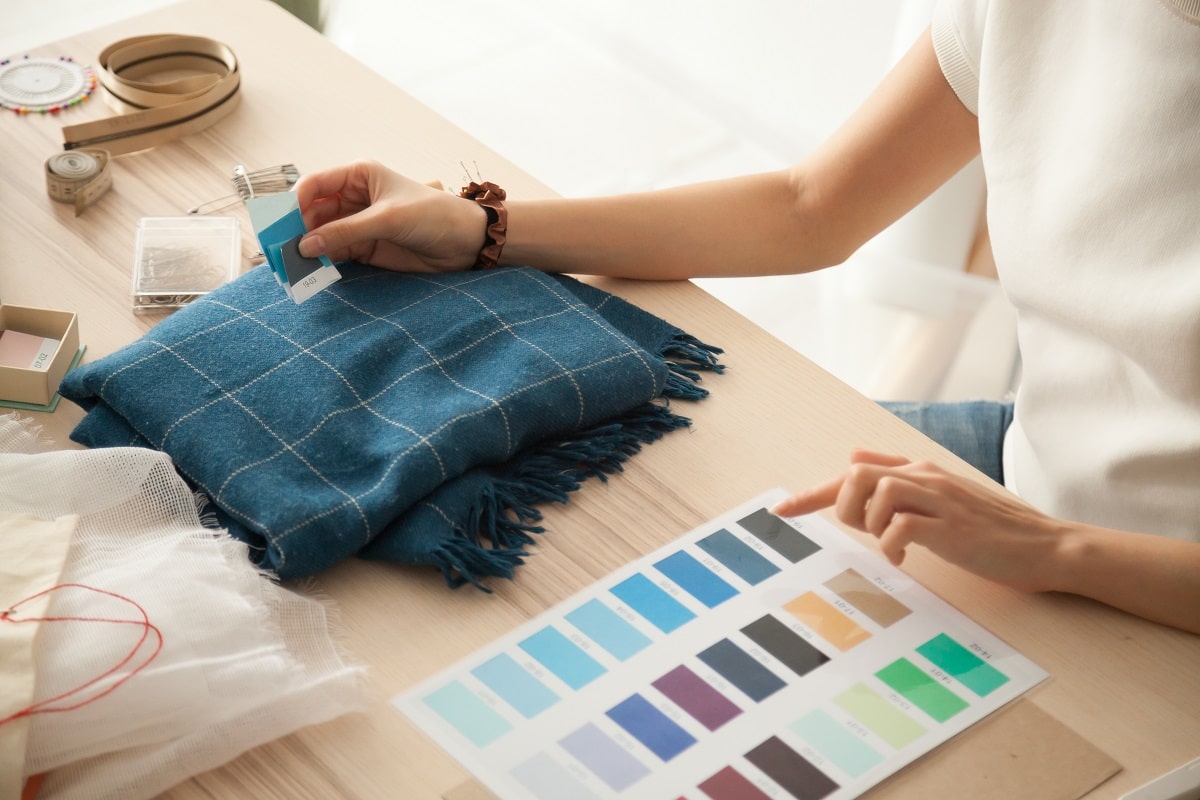Garment construction is more than just sewing fabrics together—it’s the foundation of every successful fashion business. For aspiring fashion entrepreneurs, understanding how garments are made can make the difference between a brand that struggles and one that thrives. From production planning to quality assurance, garment construction knowledge helps entrepreneurs create products that meet both creative and commercial goals.
1. The Importance of Garment Construction in Fashion Entrepreneurship
For fashion entrepreneurs, strong garment construction knowledge ensures that designs are not only stylish but also wearable, durable, and profitable. Understanding how garments come together helps in making informed decisions about materials, production methods, and pricing. It also builds credibility with manufacturers, suppliers, and customers.
2. From Concept to Creation
Fashion entrepreneurs who grasp the full construction process can effectively communicate their vision to production teams. This includes everything from pattern making and sample development to final production runs. Knowing how to translate a sketch into a structured garment minimizes costly errors and ensures design consistency across collections.
3. Building Efficient Production Strategies
A clear understanding of garment construction supports efficient production management. Entrepreneurs can better plan timelines, optimize fabric usage, and maintain quality control at every stage. This knowledge also helps in negotiating with factories and ensuring that garments are produced according to brand standards and deadlines.
4. Quality Control and Brand Reputation
In the competitive fashion market, quality determines brand reputation. Entrepreneurs who understand construction techniques can spot flaws, assess stitching quality, and ensure correct fitting before garments reach customers. High-quality construction leads to customer satisfaction, repeat purchases, and positive brand recognition.
5. Sustainable Construction Practices
Modern fashion entrepreneurs must also consider sustainability. Knowledge of garment construction helps in selecting eco-friendly materials, reducing waste during production, and designing clothes that last longer. These sustainable practices not only align with consumer values but also enhance the brand’s ethical image.
6. Collaboration and Innovation
Understanding garment construction fosters better collaboration with designers, pattern makers, and manufacturers. It also encourages innovation—allowing entrepreneurs to experiment with new materials, construction methods, and technologies to stay ahead in the fashion industry.
Conclusion
Garment construction is the backbone of fashion entrepreneurship. Entrepreneurs who master the technical aspects of creating clothing gain a competitive edge, ensuring that their designs are both marketable and made to last. By combining creativity with construction knowledge, fashion entrepreneurs can build strong, sustainable brands that resonate with modern consumers.
Key Takeaways:
- Garment construction is essential for turning creative designs into high-quality, sellable fashion products.
- Strong technical knowledge helps entrepreneurs control quality, cost, and production efficiency.
- Understanding construction builds credibility and improves collaboration with manufacturers and suppliers.
- Sustainable garment construction practices strengthen a brand’s reputation and appeal to conscious consumers.
- Mastering both creativity and construction gives entrepreneurs a competitive edge in building lasting fashion brands.
To further enhance your skills and knowledge in fashion entrepreneurship, consider exploring the Parsons Fashion Industry Essentials online course and certificate program offered by Yellowbrick. Elevate your understanding and propel your career in the ever-evolving fashion industry.








